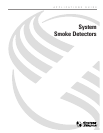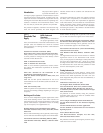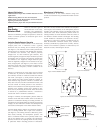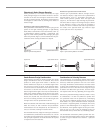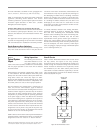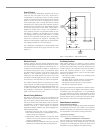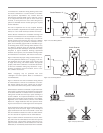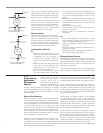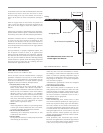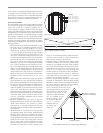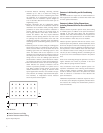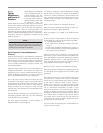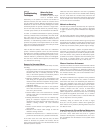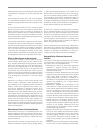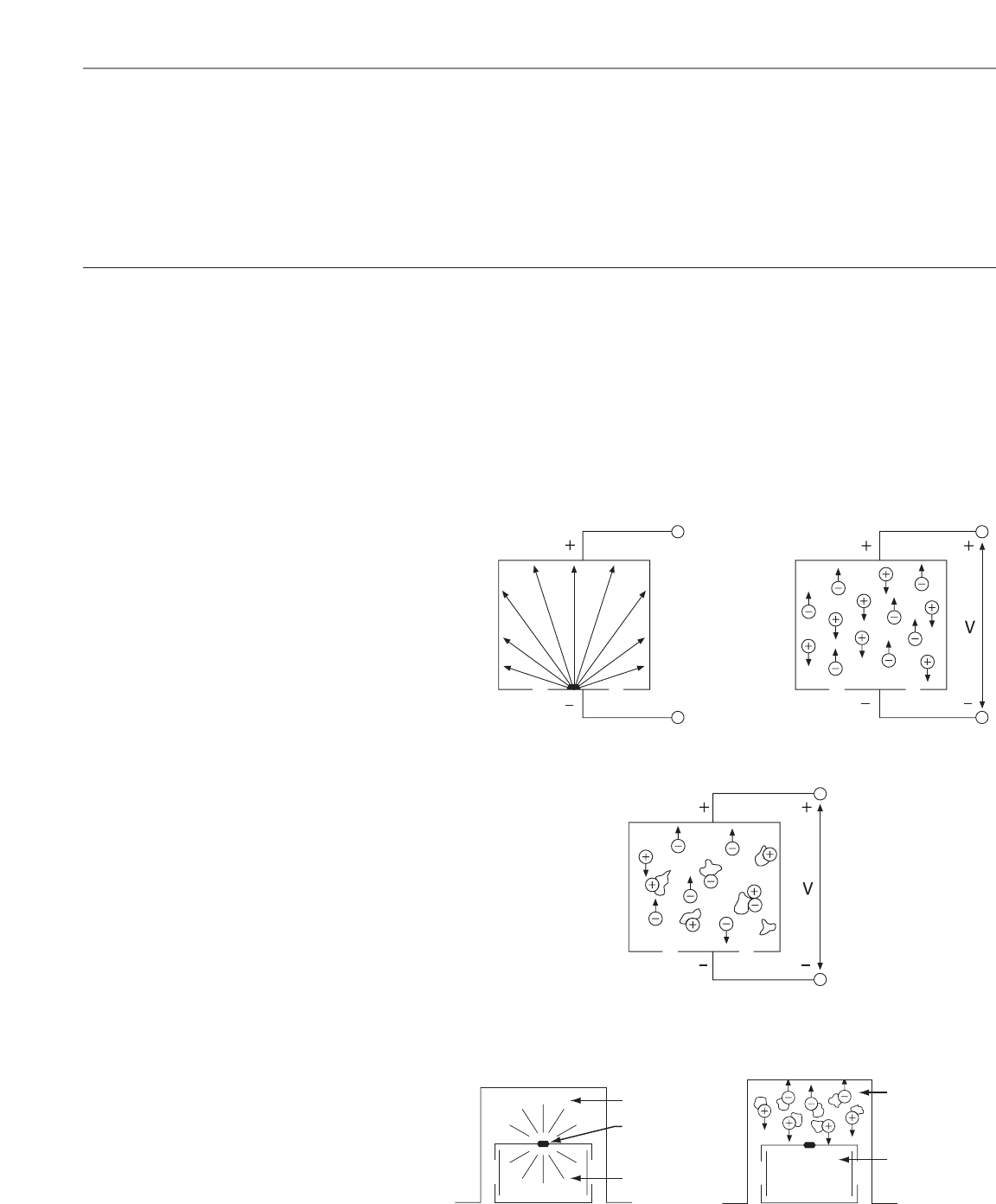
Manufacturer’s Publications
The manufacturer of the smoke detectors being used
should be contacted for any published information on their
products.
SYSTEM SENSOR
3
Industry Publications
NEMA Guide for Proper Use of Smoke Detectors in Duct
Applications
NEMA Training Manual on Fire Alarm Systems
NEMA Guide to Code Requirements for Fire Protective
Signaling and Detection Systems
NEMA Guide for proper Use of System Smoke Detectors
There are two basic types of
smoke detectors in use today;
ionization and photoelectric.
The sensing chambers of these
detectors use different principles of operation to sense the
visible or invisible particles of combustion given off in
developing fires.
Ionization Smoke Detector Operation
A typical ionization chamber consists of two electrically
charged plates and a radioactive source (typically
Americium 241) for ionizing the air between the plates.
(See Figure 1.) The radioactive source emits particles that
collide with the air molecules and dislodge their electrons.
As molecules lose electrons, they become positively
charged ions. As other molecules gain electrons, they
become negatively charged ions. Equal numbers of positive
and negative ions are created. The positively charged ions
are attracted to the negatively charged electrical plate,
while the negatively charged ions are attracted to the pos-
itively charged plate. (See Figure 2.) This creates a small
ionization current that can be measured by electronic cir-
cuitry connected to the plates (“normal” condition in the
detector).
Particles of combustion are much larger than the ionized
air molecules. As particles of combustion enter an ioniza-
tion chamber, ionized air molecules collide and combine
with them. (See Figure 3.) Some particles become posi-
tively charged and some become negatively charged. As
these relatively large particles continue to combine with
many other ions, they become recombination centers, and
the total number of ionized particles in the chamber is
reduced. This reduction in the ionized particles results in a
decrease in the chamber current that is sensed by elec-
tronic circuitry monitoring the chamber. When the current
is reduced by a predetermined amount, a threshold is
crossed and “alarm” condition is established.
Changes in humidity and atmospheric pressure affect the
chamber current and create an effect similar to the effect of
particles of combustion entering the sensing chamber. To
compensate for the possible effects of humidity and pressure
changes, the dual ionization chamber was developed and
has become commonplace in the smoke detector market.
A dual-chamber detector utilizes two ionization chambers;
one is a sensing chamber that is open to the outside air.
(See Figure 4). The sensing chamber is affected by partic-
ulate matter, humidity, and atmospheric pressure. The
other is a reference chamber that is partially closed to out-
side air and affected only by humidity and atmospheric
pressure, because its tiny openings block the entry of larg-
er particulate matter including particles of combustion.
Electronic circuitry monitors both chambers and compares
their outputs. If the humidity or the atmospheric pressure
changes, both chambers’ outputs are affected equally and
cancel each other. When combustion particles enter the
sensing chamber, its current decreases while the current of
the reference chamber remains unchanged. The resulting
current imbalance is detected by the electronic circuitry.
(See Figure 5.) There are a number of conditions that can
affect dual-chamber ionization sensors; dust, excessive
humidity (condensation), significant air currents, and tiny
insects can be misread as particles of combustion by the
electronic circuitry monitoring the sensors.
Section 2
How Smoke
Detectors Work
Sensing Chamber
Source
Reference Chamber
(Current Stable)
Sensing Chamber
(Current Decreasing)
Reference
Chamber
(Current Stable)
Figure 1: Particle Radiation Pattern
Figure 2: Ion Distribution
Figure 3: Ion and Particles of Combustion Distribution
Figure 5: Dual Chamber with
Particles of Combustion
Figure 4: Dual Chamber



